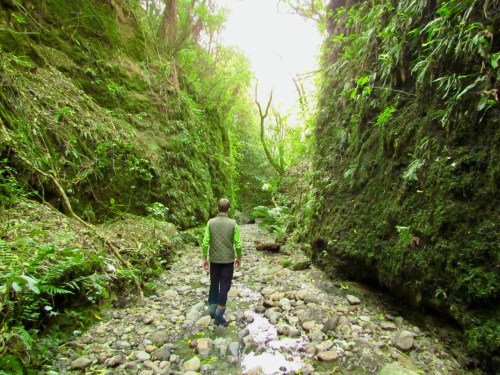
First published on http://www.catherineknight.nz
Last weekend, we entered a time machine, which took us back in time about 18,000 years to a much colder version of the Manawatu – the last glaciation period. And we did this by walking just metres from our house. We were fortunate to have as our time-machine guide Professor of fluvial geomorphology Ian Fuller.
This bit of time travel solved a number of mysteries that had drawn on my curiosity for some time.
As I have described in previous posts, to access our gully stream, we walk down a spur from our paddocks (on a river terrace), with sheer drops on either side. The top of the spur is made up of a loose mix of soil and stones, the sort of material you would expect to see on a river flood plain. But the spur is 20 metres higher than the current streambed – could the stream at one time been a surging torrent so voluminous it had scattered river gravel across the spur?
With an expert at our disposal (not literally obviously – we are nice to our guests!), we discovered the more likely explanation. Our river terrace, now tens of metres above the Pohangina River, was once the flood plain of a braided river, bringing huge quantities of greywacke rock down from the ranges in its wandering currents. This braided river flowed during the glacial maximum – 18,000 to 20,000 years ago, when glaciers was last at their maximum extent, and otherwise known as the last glaciation. Aotearoa New Zealand was quite a bit bigger then, and joined up as one island (see this map) – which would have been handy if there had been any people around to enjoy the convenience!
As well as being a lot colder, the landscape was quite different then – instead of the dense forest that greeted our island’s first settlers 700 or so years ago, the landscape was a mosaic of grassland and shrubby plants, with patches of beech and a few scattered conifers. See vegetation map from Newnham, Wilmhurst and McGlone (2013).
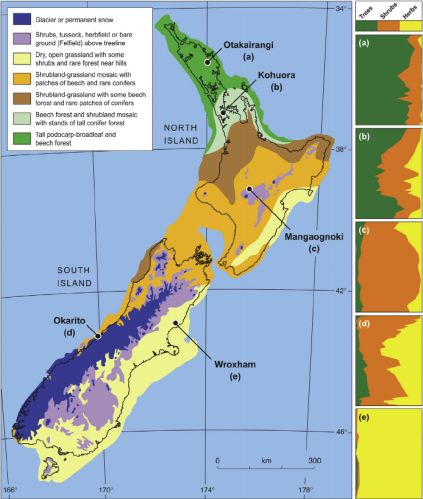
The second mystery that this bit of time travel solved was how a relatively small stream that can go dry in the summer months could have carved out such a cavernous gully of 20 metres depth. Well the answer, in very simple terms is this. As our islands started to warm after this last ‘cold snap’, the Pohangina River, which our stream is a tributary to, started to cut down into the soft mudstone land. As it did so, the stream also needed to cut down to keep up (or more accurately, down) with the river, probably through the gradual shifting of a waterfall into the river upstream, or, in fluvial geomorphologist language: ‘the mechanism was probably the headward retreat of a waterfall, initiated by incision of the main river’. … What I said.

The exciting thing is, we still have that waterfall, though it now comes out of a concrete culvert rather than a natural channel. It is likely that it cut back to this place, an area of particularly hard and stable rock, and because of its relative stability, engineers chose this place to build the road over the stream a century or so ago, piping it through a culvert. Thus, the waterfall has been ‘frozen’ in time, unable to cut back any more.


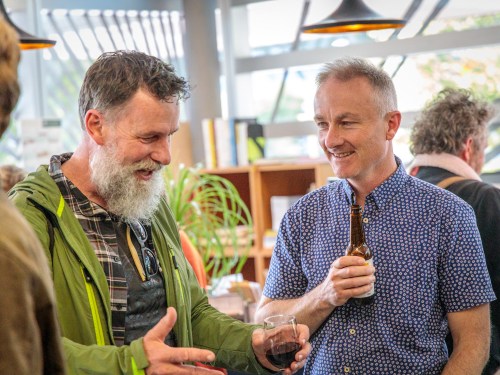
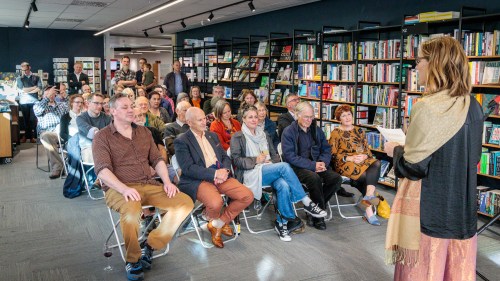
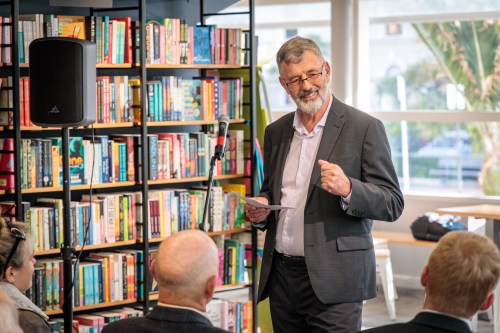
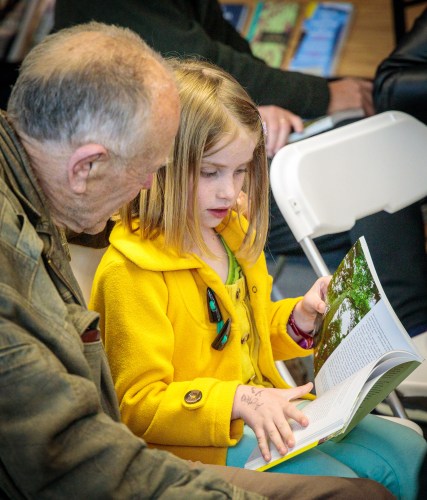

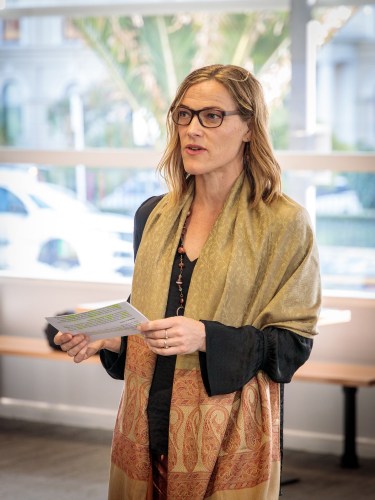




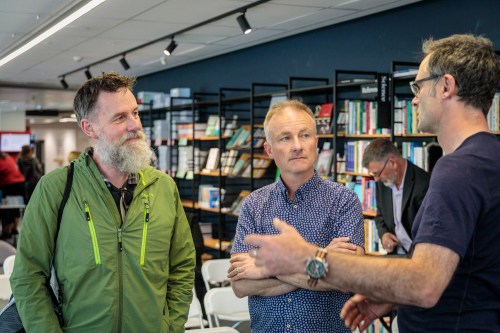

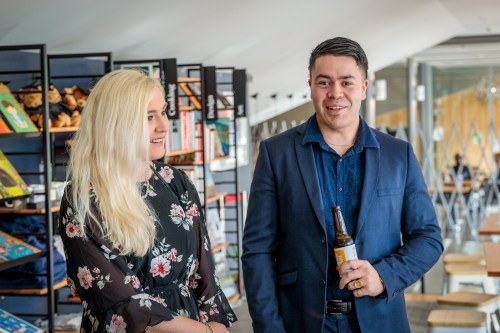
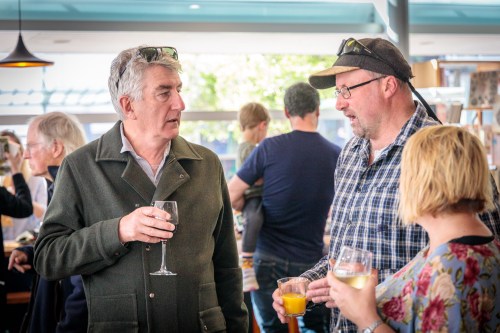

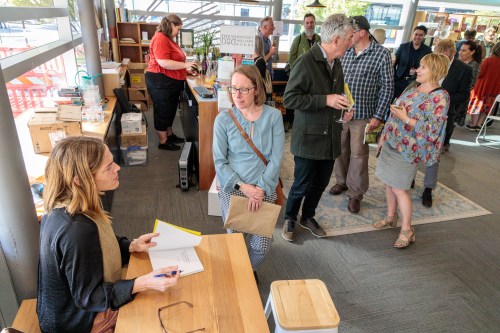

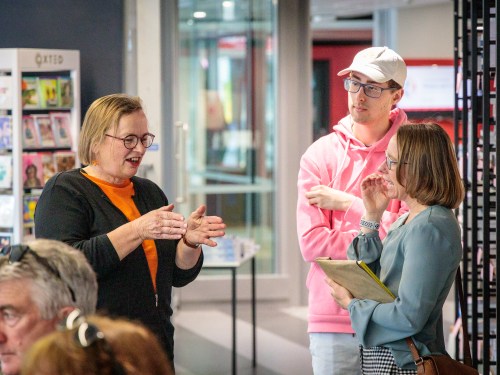

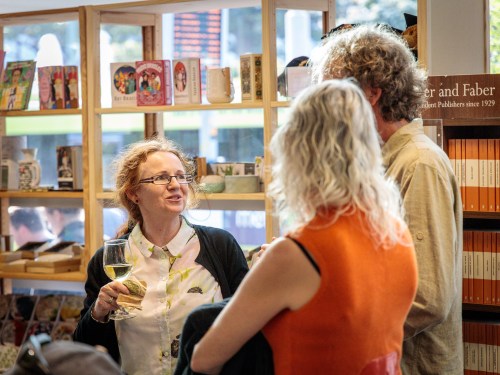
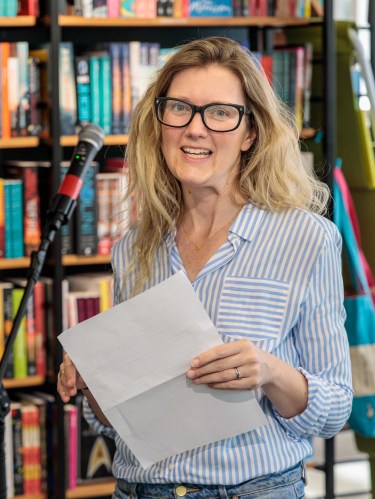

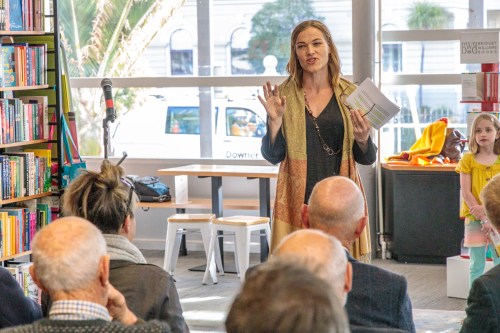
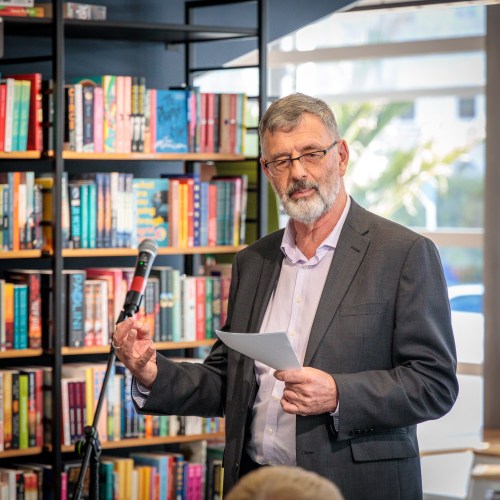

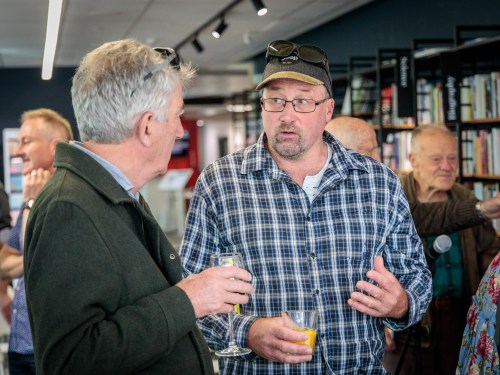
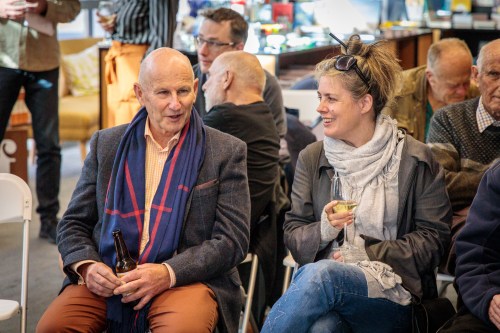

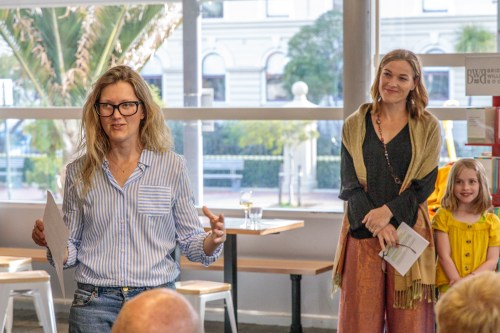



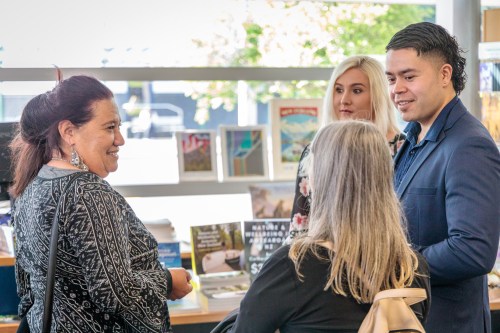
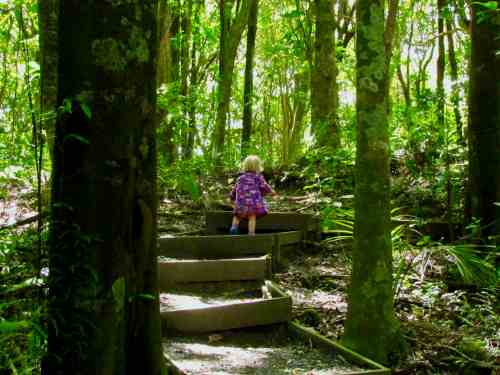


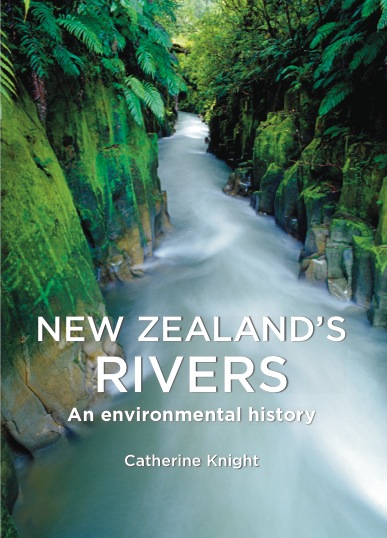 It is a daunting to have your work reviewed by someone as well respected in the field of environmental history as Graeme Wynn, Professor Emeritus in Geography, University of British Columbia. A relief to find it is a positive review, and an very nice indeed to read his assessment that “Catherine Knight is set fair to take her place among the country’s leading environmental historians”.
It is a daunting to have your work reviewed by someone as well respected in the field of environmental history as Graeme Wynn, Professor Emeritus in Geography, University of British Columbia. A relief to find it is a positive review, and an very nice indeed to read his assessment that “Catherine Knight is set fair to take her place among the country’s leading environmental historians”. 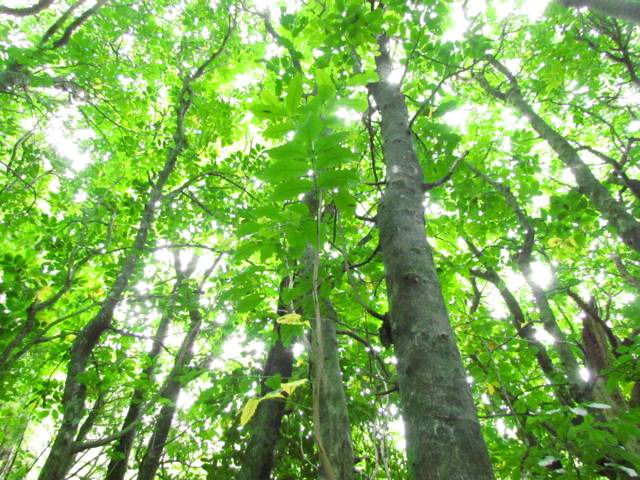
 In describing the Japanese experience of spending time in a forested environment, he draws the reader’s attention to the Japanese word ‘komorebi’, 木漏れ日 in Japanese characters, meaning ‘sunlight filtering through leaves’ (木 = tree, 漏れ = leak through, 日 = sun).
In describing the Japanese experience of spending time in a forested environment, he draws the reader’s attention to the Japanese word ‘komorebi’, 木漏れ日 in Japanese characters, meaning ‘sunlight filtering through leaves’ (木 = tree, 漏れ = leak through, 日 = sun). 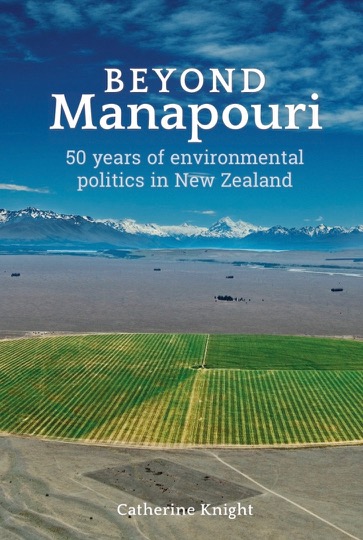 I am thrilled with Shaun Barnett’s review of “Beyond Manapouri: 50 years of environmental politics” in this month’s Backcountry Magazine, particularly given that Shaun himself is such a talented and well-respected writer of NZ non-fiction.
I am thrilled with Shaun Barnett’s review of “Beyond Manapouri: 50 years of environmental politics” in this month’s Backcountry Magazine, particularly given that Shaun himself is such a talented and well-respected writer of NZ non-fiction.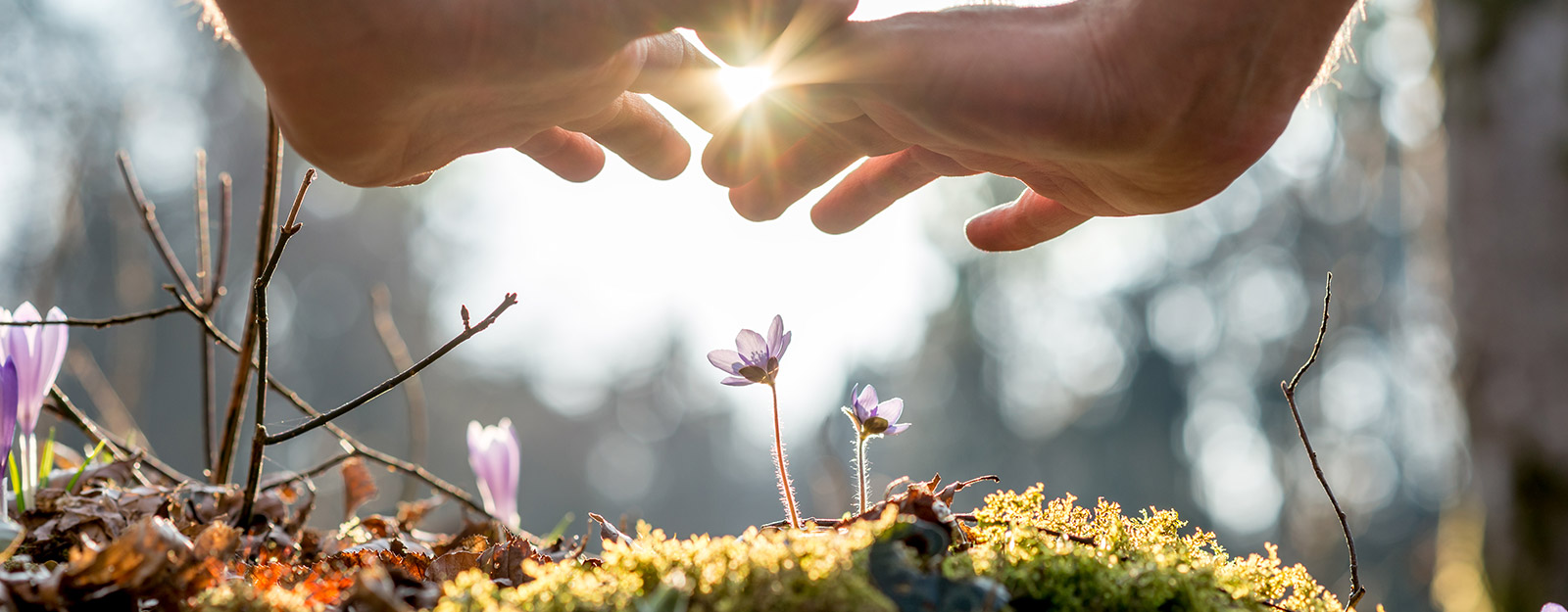 As you may have seen from an earlier post
As you may have seen from an earlier post